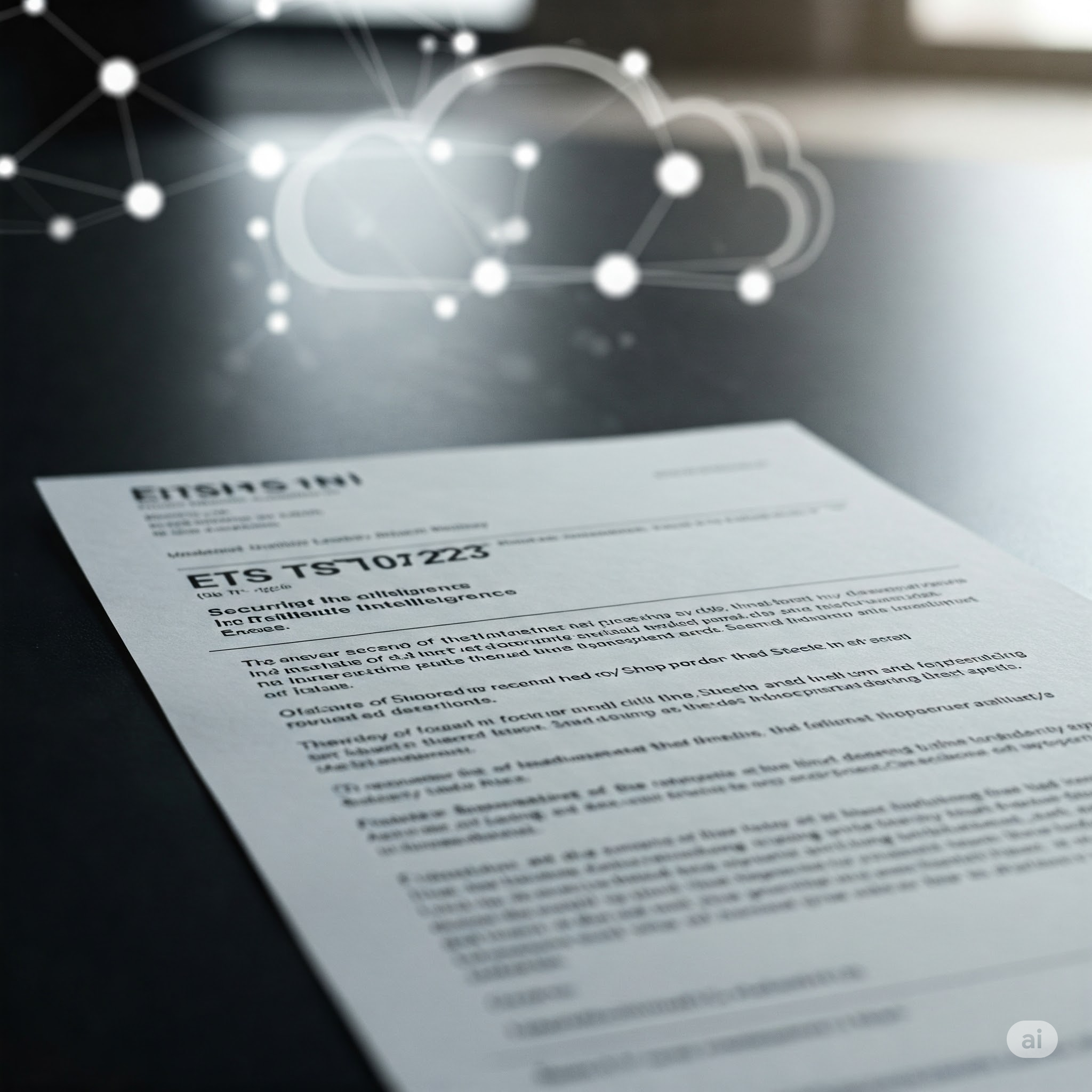Managing Risk in Artificial Intelligence Systems-A Practitioners Approach 2025
Overview of AI security frameworks and recommendations for practitioners
3 min read
![]() Palindrome Technologies
:
May 14, 2025 2:37:50 PM
Palindrome Technologies
:
May 14, 2025 2:37:50 PM

The recently published ETSI TS 104 223 V1.1.1 document, "Securing Artificial Intelligence (SAI), Baseline Cyber Security Requirements for AI Models and Systems," represents a significant step forward in addressing the unique security challenges of AI. As practitioners, we recognize the importance of this framework and want to provide an in-depth look at its key principles, offering practical insights and analysis.
The ETSI specification is organized into five phases: Secure Design, Secure Development, Secure Deployment, Secure Maintenance, and Secure End of Life. Within each phase, specific security principles are outlined.
Let's explore each of these principles and how we can adopt them into building trustworthy AI systems.
Secure Design
Secure Development
Secure Deployment
Secure Maintenance
Secure End of Life
Your Partner in AI Security
Implementing these principles effectively requires a blend of cybersecurity expertise and AI/ML knowledge. Palindrome Technologies is uniquely positioned to help organizations navigate this complex landscape. Our services are designed to provide:
By partnering with Palindrome Technologies, you can confidently secure your AI initiatives, ensuring they are robust, reliable, and trustworthy.
Overview of AI security frameworks and recommendations for practitioners
As artificial intelligence (AI) rapidly integrates into nearly every aspect of business, from customer service to data analytics, organizations face...
In today's hyperconnected world, every connection introduces new risk and securing your IoT sensor devices is no longer optional, it’s a competitive...